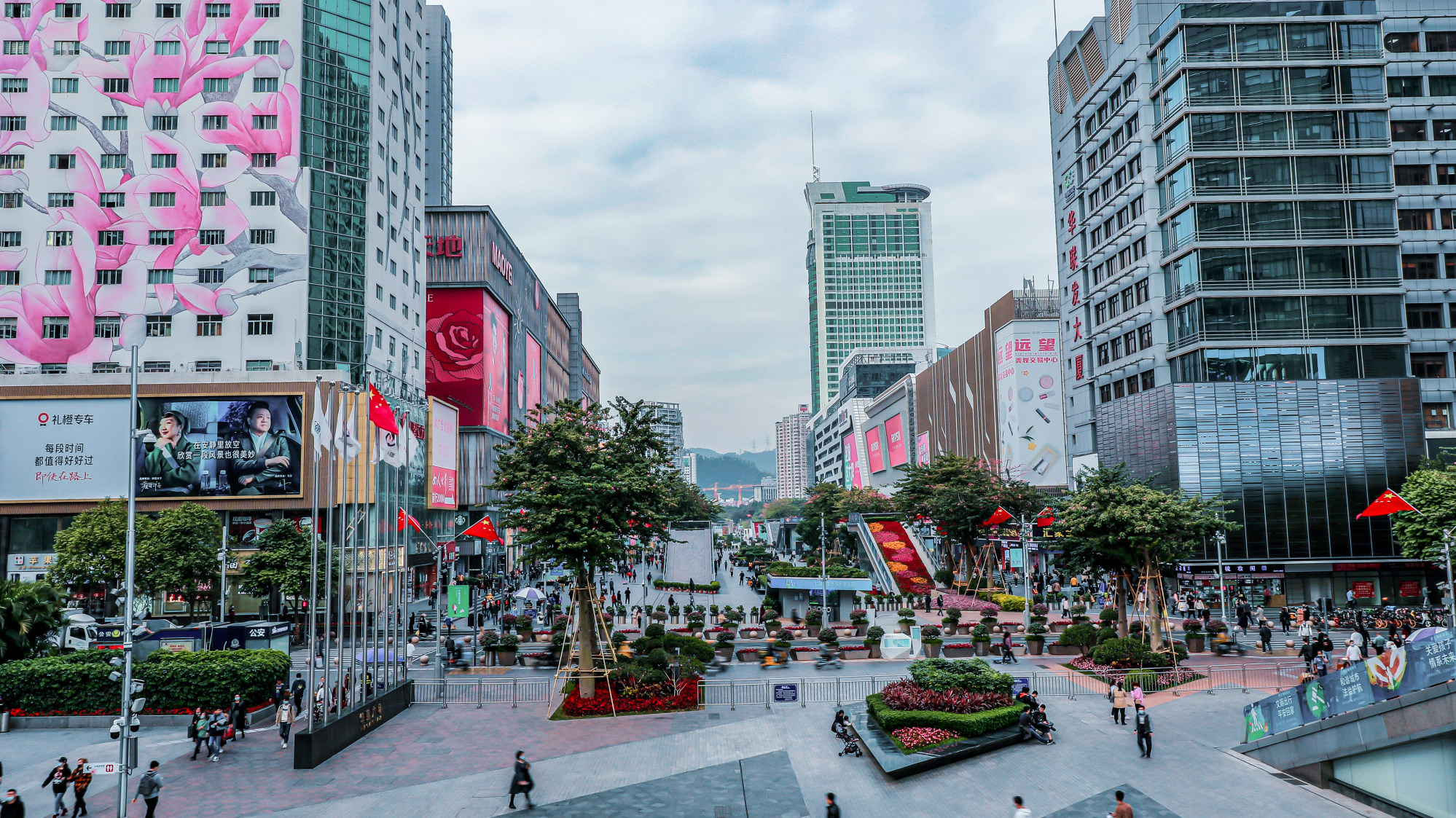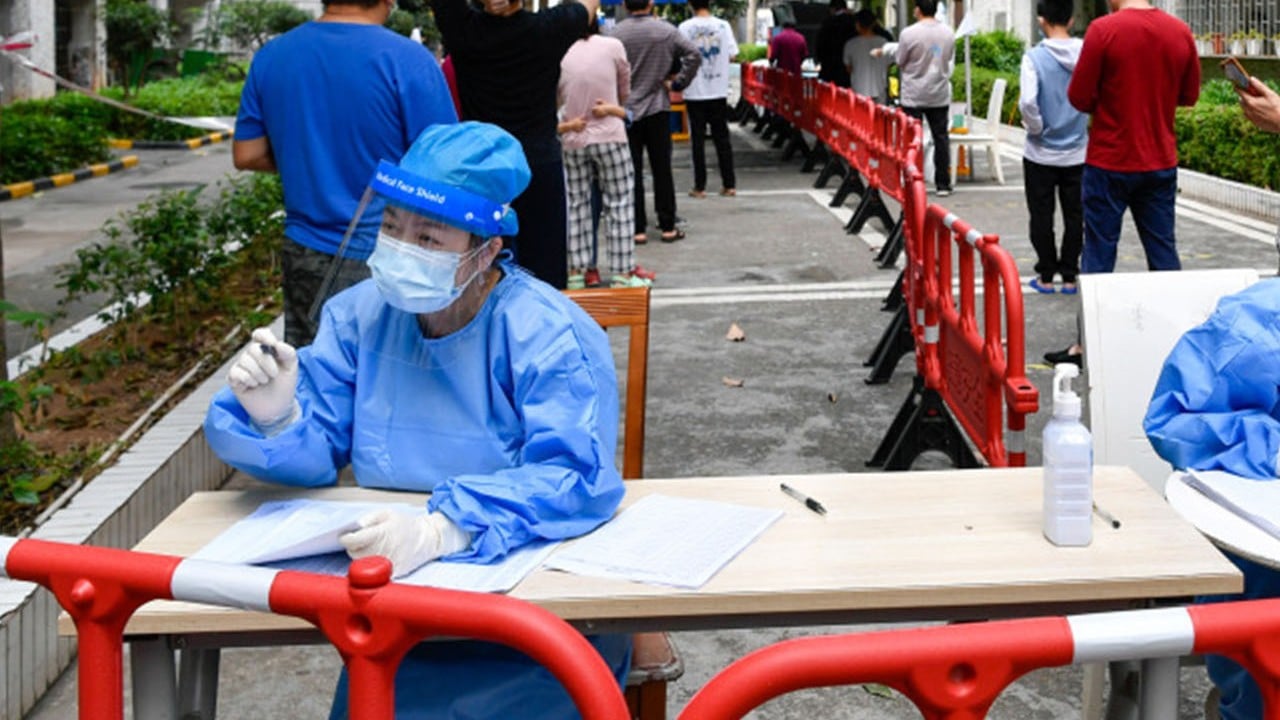
Chinese tech hub Shenzhen offers prime example of new normal under country’s dynamic zero-Covid-19 strategy
- The city’s new normal means continued vigilance that requires a negative Covid-19 test result to enter public venues and use of familiar technology like WeChat.
- Post-lockdown Shenzhen on Thursday showed reinvigorated activity in Huaqiangbei, home to the world’s biggest electronics wholesale market
That comes on top of an existing requirement that arrivals from high-risk regions and areas reporting positive cases must present a negative Covid-19 test result within 48 hours. Those who refuse to comply could face legal consequences, according to a government notice.
Those requirements, however, are now seen as minor inconveniences after its residents and businesses endured a week-long lockdown, which was lifted on March 21. The city this week recorded just single digits of infections per day, compared with a peak of more than 100 daily cases during the lockdown from March 14 to 20.
All merchants and visitors in Huaqiangbei are required to present a negative Covid-19 test result issued within 24 hours. Security and pandemic control personnel, all of whom wear personal protective equipment, are stationed in every building entrance, as people line up to get their health code scanned.

To help people get free and easy access to Covid-19 tests, multiple testing spots have been set up in the central pedestrian area of Huaqiangbei.
While queue waiting time typically takes about 10 minutes, one vendor who declined to be identified, on Thursday complained about waiting in line for two hours during rush hour on Wednesday. The vendor, who sells graphic cards at Huaqiang Electronic World, said the sticker received from the test is used as proof to get inside the mall after it was temporarily closed on Tuesday.
To prevent people from crowding the pedestrian areas in Huaqiangbei, multiple barriers have been erected to help control the flow of people. Security personnel, carrying loudspeakers, go on roving patrols to remind people not to gather in groups.
Shenzhen reopens after Covid lockdown but controls stay in place for some
Shenzhen’s execution of targeted lockdowns and strict monitoring enabled major factories to resume operations and minimise disruption to manufacturing supply chains.


